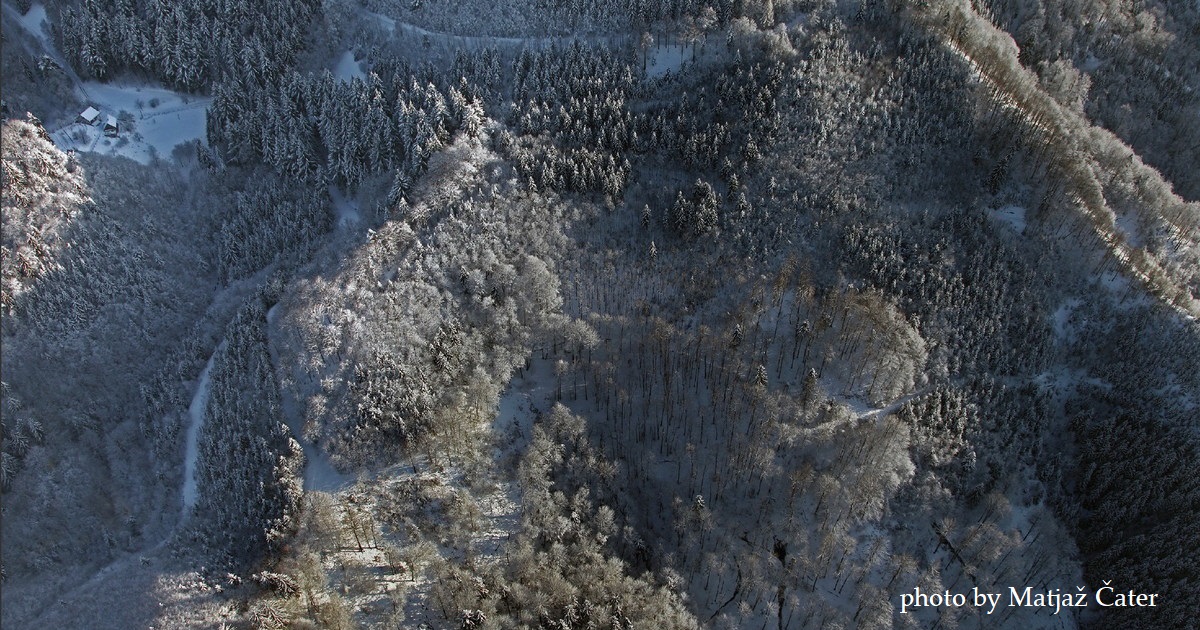Ecological Forestry and Restoration
A special issue of Forests (ISSN 1999-4907). This special issue belongs to the section "Forest Ecology and Management".
Deadline for manuscript submissions: closed (31 December 2023) | Viewed by 19852

Special Issue Editors
Interests: silviculture; old-growth forest; uneven-aged forest; mixed forest; forest tending; tree regeneration ecology
Special Issues, Collections and Topics in MDPI journals
Interests: silviculture; harvest-created gaps; natural disturbance-based management; climate-adaptive forestry; tree regeneration; species diversity; sustainable forest management
Special Issues, Collections and Topics in MDPI journals
Interests: silviculture; canopy structure; rehabilitation of monoculture plantation; climate hazard risk evaluation; BEF
Special Issue Information
Dear Colleagues,
Ecological forestry is increasingly in demand worldwide due to the growing need for the conservation of biodiversity, adaptability of forests to environmental changes, and compatibility with social values. It can both significantly improve the maintenance of natural forest structures and functions and help improve conditions of degraded forests and monoculture plantations through restoration. However, practical approaches differ due to differences in tradition, land use history, and variability in social and cultural environments. Sharing knowledge about these different conditions, countries, and societies is necessary to advance ecological forestry worldwide. The development of ecological forestry must therefore be based on a scientific foundation (examples in this journal Special Issue) including both economic and ecological outcomes, so that ecological forestry can be put into practice. At the global level, ecological forestry is not yet widespread, but there are many examples of long-term best practices, supported by research, which are important to share and further develop.
The aim of this Special Issue is to provide a scientific basis and practical approaches for ecological forestry. We invite original papers and reviews from all forest biomes covering a range of topics related to the scientific study of ecological forestry. These topics may include the application of research findings on old-growth forests, nature conservation, silviculture, restoration, forest health, stability and resilience, forest management, growth and yield, forest operations, ecological functioning, economics, and social and esthetic aspects.
Dr. Jurij Diaci
Dr. Christel Kern
Dr. Hiromi Mizunaga
Guest Editors
Manuscript Submission Information
Manuscripts should be submitted online at www.mdpi.com by registering and logging in to this website. Once you are registered, click here to go to the submission form. Manuscripts can be submitted until the deadline. All submissions that pass pre-check are peer-reviewed. Accepted papers will be published continuously in the journal (as soon as accepted) and will be listed together on the special issue website. Research articles, review articles as well as short communications are invited. For planned papers, a title and short abstract (about 100 words) can be sent to the Editorial Office for announcement on this website.
Submitted manuscripts should not have been published previously, nor be under consideration for publication elsewhere (except conference proceedings papers). All manuscripts are thoroughly refereed through a single-blind peer-review process. A guide for authors and other relevant information for submission of manuscripts is available on the Instructions for Authors page. Forests is an international peer-reviewed open access monthly journal published by MDPI.
Please visit the Instructions for Authors page before submitting a manuscript. The Article Processing Charge (APC) for publication in this open access journal is 2600 CHF (Swiss Francs). Submitted papers should be well formatted and use good English. Authors may use MDPI's English editing service prior to publication or during author revisions.
Keywords
- uneven-aged forest
- mixed species forest
- ecological processes
- natural structures
- biodiversity conservation
- closer-to-nature management
- nature-based management
- gradual conversion
- succession control
- natural disturbance regime
- potential natural vegetation
- natural tree regeneration
- legacy trees
- retention forestry
- restoration
Benefits of Publishing in a Special Issue
- Ease of navigation: Grouping papers by topic helps scholars navigate broad scope journals more efficiently.
- Greater discoverability: Special Issues support the reach and impact of scientific research. Articles in Special Issues are more discoverable and cited more frequently.
- Expansion of research network: Special Issues facilitate connections among authors, fostering scientific collaborations.
- External promotion: Articles in Special Issues are often promoted through the journal's social media, increasing their visibility.
- e-Book format: Special Issues with more than 10 articles can be published as dedicated e-books, ensuring wide and rapid dissemination.
Further information on MDPI's Special Issue polices can be found here.







